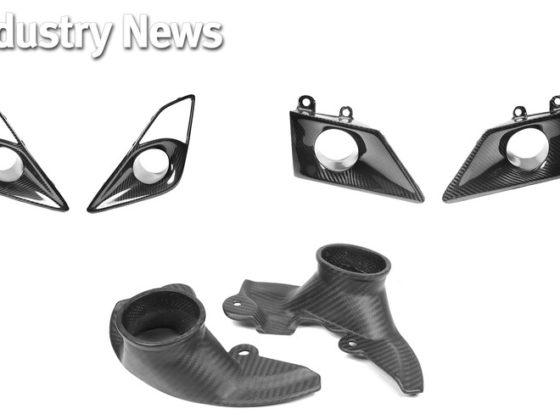
The gauge layout is simple and straight-forward with a 6,000rpm redline, a 200mph speedometer. The Shifter is offset to the left, closer to the driver and very simple A/C controls, radio, and gauge display are simple and put all of the controls within easy reach of the driver.
Shifting effort is light and the synchros allow the T56 to slide into place with minimal resistance, but the throw is similar to most cars of the day which many find excessive. I really like the gearbox but its biggest issue is the weak detent springs which don’t keep the lever between the 3-4 gate as precisely as it should. Upshifting to 3rd is not as effortless as just pushing the stick forward from 2nd gear, but requires just a minimal pressure to the right to find the vague 3rd gear gate. Once in 3rd, the rest of the up and down shifting comes naturally but the gates are not as defined as I would like.
While 490lb-ft of torque was almost unheard of in the 1990’s, by today’s standards there are sedans that have more. The combination of a 3.07 final drive and one of the widest production tires ever equipped to a car (335s), the Viper hooks up pretty well if you don’t blindly drop the clutch and slam the throttle to the floor, which will light up the rear tires and send the car sideways if you have any steering input. Once rolling, the Viper doesn’t have too many issues with traction and it really isn’t all that fast by today’s standards with acceleration performance similar to a BMW E92 (V8) M3 or base C7 Corvette.

Ride quality is not as rough as many have reviewed. The Viper takes bumps without crashing over harsh joints or potholes in the road, but despite having a chassis designed with CAD, you can feel that it is not as solid as a modern unibody. It is quite comfortable on long drives and makes for a great “Grand-Touring” car. With ultra-wide tires, the Viper loves taking corners. Body roll is minimal and on-center the steering is both responsive and nicely weighted with its quick 2.4-turn lock-to-lock 16.7:1 ratio.
The chassis is very responsive to your inputs but it does so in a somewhat dull, hammer-wielding way rather than with scalpel-like precision. But what the Viper loses in precision, it makes up in sheer force from its big engine, tires, brakes and neutral chassis; and will easily oversteer or understeer if you tell it to. It really feels like a big Miata with a bunch of torque and like a Miata, with no ABS, traction control, and a neutral chassis, it you give the car bad inputs, it will react accordingly. To paraphrase Mario Andretti on the Viper: “The character is much like that of a Cobra, which is crude, but that’s the nature of this beast… The learning curve is steep, it requires a lot from the driver, but the rewards are nice.”

This is our very own 1997 Project Viper GTS which is completely stock and original other than its 18 and 19 inch Forgeline wheels, Michelin Pilot Sport 2 tires, and a rear muffler delete which retains the stock side mufflers and cats.
While it’s a fast car, a first or second generation Viper isn’t that scary on track for someone who has a little car control and who have taken a racing school, read a driving book, or some of my driving articles and who is knowledgeable and disciplined enough to not give the car poor inputs, which most ‘safe’ and understeering cars these days will save you from. I feel a good driver with Miata, S2000, or Corvette experience will not find himself overwhelmed by the car, but it will be a unique challenge that is rewarding to drive and worth it if you appreciate the car’s style, raw nature, and history wrapped in a curvaceous package that delivers performance similar to modern sports cars.
Stay tuned for the next installment of Project Viper where we refresh, upgrade, and modify the car.




